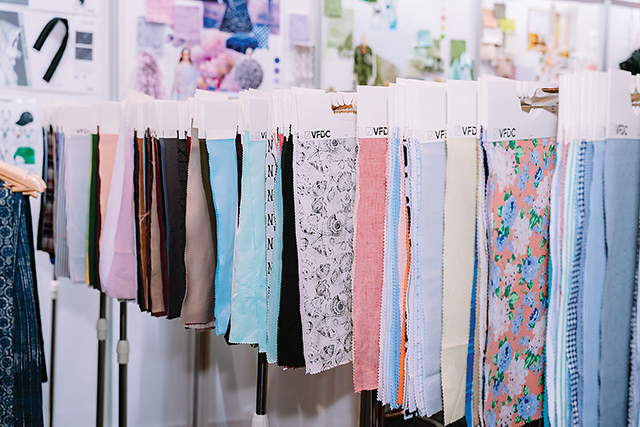Analysts have suggested that Vietnam’s garment and textile sector should follow a sustainable production path in order to boost competitiveness in the context of falling global consumption and a lack of orders.
At a recent international exhibition on high-end fabric, held in Ho Chi Minh City, businesses and analysts discussed measures to develop a green and sustainable textile industry.
The Vietnam Texfuture Spring Summer exhibition attracted more than 200 Vietnamese and foreign exhibitors displaying high-end fabric, garment and textile techniques and solutions, circular economy solutions, and textile raw materials.
The exhibition was an opportunity for the garment and textile industry to create an ecosystem linking raw material areas, towards developing Vietnam’s garment and textile industry in the direction of “Circular Economy - Green Economy and Digital Transformation”.
The trend towards “green” textiles and fashion has attracted the attention of many businesses in Vietnam by applying modern technology to mitigate the impact on the environment for sustainable development.
Nguyen Van Hanh, Co-founder and Production Director of Ecosoi, Vietnam’s biggest supplier of pineapple fiber, said the development of pineapple fiber is a solution for sustainable development in the garment and textile sector while protecting the environment, raising the value of pineapples, and generating incomes for rural people.
Head of the Research and Circular Economic Development Institute at the Ho Chi Minh City National University Nguyen Hong Quang told a forum held on the sidelines of the exhibition that the circular economic model has played an important role in the green and sustainable development of the garment and textile sector.
The model needs to be recognized in the whole value chain, from raw materials to production and consumption, he said.
The sector should build an information database and apply modern information technology to promote the implementation of the circular economic model, he believes.









 Google translate
Google translate